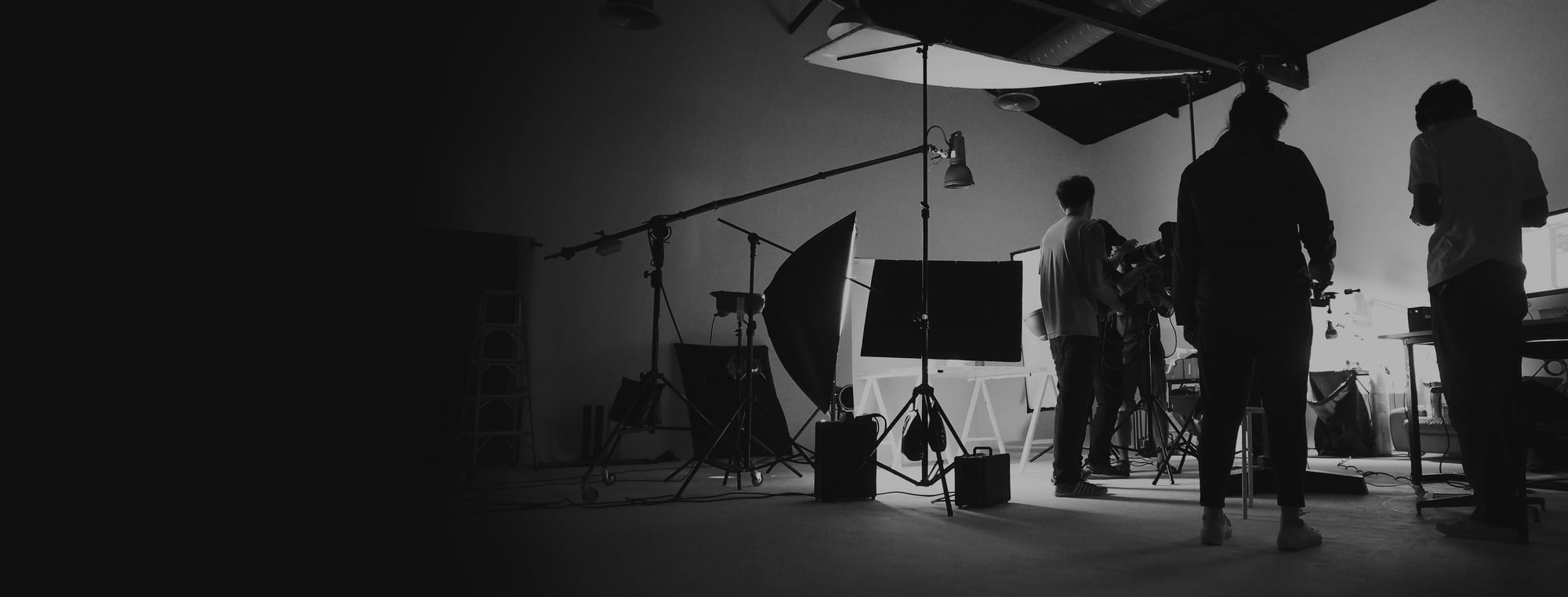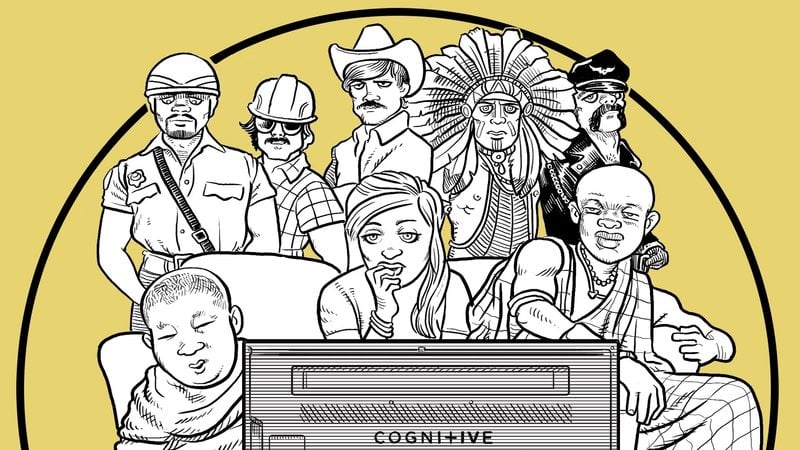Content Psychology 101
Discover what goes on in your readers' brains and how to make sure your content marketing gets the engagement it deserves

Content Psychology 101

What happens when we read?
After our inbuilt neural circuits do some gymnastics to identify squiggles and shapes as letters and words, our brains start secretly "visualizing" the words to build a picture – all without us even knowing.
We take reading for granted, but it involves some serious brain power.
As an experiment, try reading this sentence: The bear ate the honey.
When you read that, your brain identified key concepts and their relationships and translated these into a message-revealing image. This process even works with abstract concepts.
Ever thought it was weird when a film adaptation wasn't how you imagined a novel - even though there were no illustrations? Well, now you know why.
That’s also why children's books incorporate pictures alongside text. Images work as ‘training wheels’ for a child's brain as it learns to visualize.
This miraculous process has some unexpected effects. For example, the use of imagery makes information retention soar with studies showing that written copy supported by contextual images is recalled 6.5 times better than words alone.
Visuals also persuade. A study by 3M showed that 50% more people will be persuaded by an argument if it is presented in a visually-rich format versus a text-only one. No change to the argument itself, just the use of visuals.

Open and closed minds
Research by Donald W. MacKinnon and popularised by John Cleese (of all people) says that our minds work in either an Open or Closed mode.
The Closed Mode is characterized by complexity, stress, pressure, and deadlines.
This is how most of us feel at work, and MacKinnon's research showed that when in this mode, it is almost impossible for our mind to move beyond our immediate demands to consider new ideas or be receptive to new messages, thoughts or proposals.
In contrast, the Open Mode is accessed when we're more relaxed and feel free from pressure, distractions, demands, and complexity.
We're completely engrossed and focused on what we're doing and are unperturbed by anything external.
Like an oasis of calm in our otherwise hectic lives, our mind is at ease and in balance with the task at hand. It is in the Open Mode that we are open to new information, new possibilities and new messages.
For content creators, the Open Mode is the holy grail. When readers are in this mode, our messages will be properly considered and evaluated with a curious, receptive approach, rather than consumed and discarded hastily as we move on to tick off the next item in our to-do list.
Conventional document formats such as PDF and scrolling web pages do little or nothing to create this “oasis of calm” that our content deserves - but there are other options available.
Interactive, highly visual content experiences, like the one you’re reading right now, are increasingly used by big brands such as Cisco, The Economist, and Allianz to deliver their most important messages in a far more impactful and memorable way.

The medium is the message

This famous phrase was coined by the godfather of modern media theory, Marshall McLuhan, in 1964, but what was he getting at? In short, he was describing the fact that the way in which a message is communicated has a material impact on how the message itself is perceived.
The BBC and Sky News understand this and know that the way they present the news is just as important as the news itself. They know that without a properly optimized medium, their news stories will not have the desired impact on their viewers and they will move on to other channels.
On the other hand, a properly optimized medium will engage, entertain and resonate with its audience and keep them watching, reading and listening along.
For interpersonal communication, we understand this concept intuitively to the point where it seems like common sense. Phrases such as "it's not what you said, it's the way you said it" are commonplace and we all know what they mean, but we typically do not take the intellectual leap to understand just how profound the relationship between the medium and the message really is.
In one study, a legal contract is presented to two different sets of lawyers in two different forms: one group receive the contract with standard legal typesetting and formatting, and the other as a professionally designed, thoughtfully composed document using columns, typography, and color. The text, of course, remains the same across both versions. Does design make a difference?
When asked for their legal comments, the first group are far more critical in their responses, while the second group are much more positive and accepting of the clauses, providing less red-line and objections.
This may sound unbelievable but consider this: if your new employer sent you an employment contract written in green, 30 point Comic Sans font, you would be extremely skeptical of the credentials of the sender and go over it with a fine-tooth comb...and rightly so!
And so we see that even in some of the most important aspects of our business and personal lives, the medium really is the message.
If we stop and think about the mediums we use to distribute our content online, can we really say that they are properly optimized for the task, or are they just old habits that have never really been challenged?


How interactivity heightens impact

The key is to make the intellectual leap and realize that effective content is about far more than just the words. If we take an important, well-written article and place it into a standard scrolling web page or PDF, we’re silently telling our readers: “This is nothing special; consume it as quickly as possible, like you always do, and get on with your to-do list”. We can’t then be surprised when this is exactly the course of action they take.
Instead, we need to offer readers an experience; something that takes them out of their everyday mindset and makes it easy for them to give our words the time and space they deserve.
Visuals, interaction, unique and interesting layouts, the chance to explore - all of these attributes are necessary to create that “oasis of calm” which leads to better respect for and understanding of what we’re trying to say.
When our choice of medium does justice to the work that has gone into our message, our readers repay us many times over with their time and attention.

Interactive content experiences, like the one you’re enjoying right now, have only recently been made possible thanks to the advent of technologies such as HTML5 and CSS3. They present exciting new opportunities for more effective content delivery and are replacing PDFs in organizations like Cisco, Willis Towers Watson, Baker McKenzie, and BNP Paribas.
From drastically improved engagement metrics to increased lead quality to time and cost savings on creation to whole new levels of analytical insight available, interactive content makes legacy formats look archaic and backward. Adopters become advocates overnight and never look back.
Interactive elements (like polls & quizzes) keep eyes on the page and gather invaluable intent insights. And the better you understand intent, the easier you can curate pain point-responsive buyer journeys that result in more conversions and, ultimately, revenue.
In our recent webinar with Dr. Alexandra Dobra-Kiel, Innovation and Strategy Director at Behave, explores how using content psychology and the right content format, marketers can judge B2B decision-makers intent and influence their decisions.
You'll also learn how to maximize your content performance to influence revenue, ROI, and pipeline generation.
Thanks for reading Content Psychology 101!
How can you use psychology and the right content format to influence B2B decisions?
Access our webinar with to find out 👉